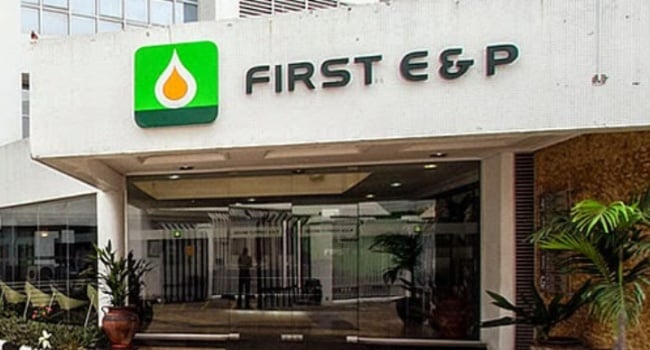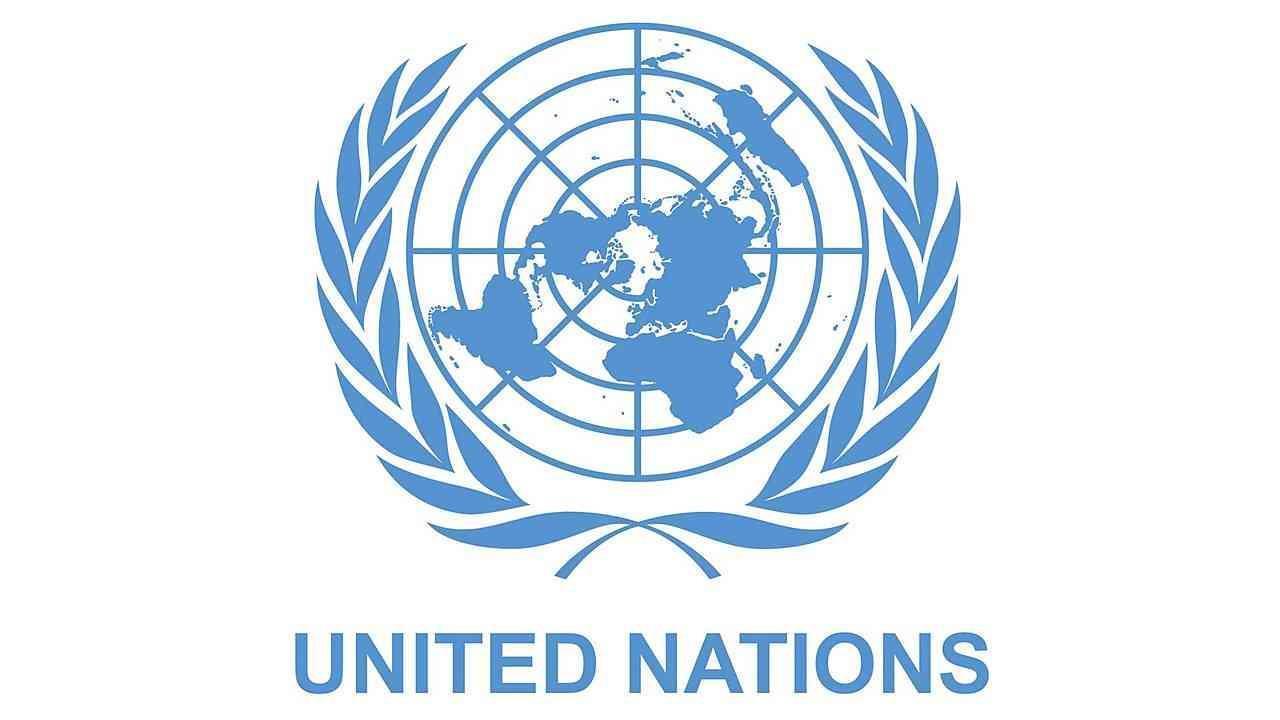Risks and rewards of Beijing's BRI

Thailand may play a pivotal role in advancing China’s vision of regional connectivity through the Belt and Road Initiative (BRI), but scholars caution that while the initiative presents substantial opportunities, it also brings significant challenges.
They urge the government to adopt strategic policies that safeguard national interests and promote constructive global engagement.
Launched in 2013, the BRI, also known as the New Silk Road or One Belt One Road, is a global infrastructure and investment strategy that now involves more than 150 countries. The initiative comprises overland economic corridors across Central Asia and maritime routes through Southeast Asia, South Asia, the Middle East, and Africa.
In an interview with the Bangkok Post, Asst Prof Sineenat Sermcheep, director of the Asean Studies Center at Chulalongkorn University’s Faculty of Economics, underscored Thailand’s strategic importance due to its geographical position and economic compatibility with the BRI.
“Thailand is a vital link within the China-Indochina Peninsula Economic Corridor [CICPEC], connecting China with Asean nations,” she said, adding the country has also engaged in BRI’s regional trade and logistic projects such as the China-Laos-Thailand railway.
These efforts align with key national strategies, including Thailand 4.0 and the Eastern Economic Corridor (EEC), which focus on innovation and high-tech industries — areas that also attract Chinese investment under the BRI.
“Thailand’s targeted industries under the Thailand 4.0 scheme closely match those outlined in China’s ‘Made in China 2025’ plan,” Ms Sineenat said, adding this synergy has drawn Chinese investment, particularly in advanced technology and infrastructure within the EEC.
She also highlighted several key agreements under the BRI framework between Thailand and China, including the Strategic Cooperation Agreement and the China-Laos-Thailand Economic Corridor, which are designed to improve transport connectivity, increase trade, and deepen economic cooperation.
Political science lecturer, Anekchai Rueangrattanakorn, from Silpakorn University, said the BRI is not just an economic initiative, but a means of contributing to regional stability.
He pointed to China’s mediating role in conflict-prone regions along BRI routes as evidence of the country’s interest in maintaining peace to safeguard its investments.
“The BRI reflects not only China’s economic ambition but also its aspiration to be seen as a responsible global power,” he said.
“Thailand could leverage this position to work more actively with China in resolving regional crises, particularly the ongoing conflict in Myanmar, a country central to the BRI’s regional goals.”
Ms Sineenat said the BRI has strengthened Thailand–China ties through increased trade, infrastructure projects, and cultural exchanges.
The China-Laos-Thailand railway, she said, supports both tourism and trade, while the development of Laem Chabang Sea Port as a maritime node under the BRI aims to connect with major Chinese ports like those in Ningbo and Guangzhou.
“This maritime link will further boost trade between southeastern China and Thailand,” she said.
The BRI also supports Thailand’s digital transformation, smart city initiatives, and the growth of e-commerce and digital payment systems.
Thai businesses, especially in sectors like AI, green energy, and fintech, have benefited from access to Chinese markets and technologies.
If fully realised, Ms Sineenat said, the BRI could accelerate Thailand’s industrial modernisation and open up new markets in Central Asia, Eastern Europe, and Africa.
Mr Anekchai agreed, noting BRI projects such as the Laos-Thailand railway have already strengthened economic ties while boosting intra-regional trade, tourism, and people-to-people exchanges.
“The multilateral collaboration doesn’t just foster long-term political trust between Thailand and China, but also signals Thailand’s commitment to a win-win approach, which could enhance broader regional partnerships.”
He said the BRI could elevate Thailand’s status as Asean’s key connectivity hub and a more prominent diplomatic actor.
However, he warned that such engagement requires careful diplomacy.
“Thailand must strike a balanced foreign policy, working with China without alienating Western partners. A constructive and balanced approach is essential,” he said.
Ms Sineenat also warned about economic risks, including trade imbalances and fierce competition from Chinese firms, particularly affecting local small and medium-sized enterprises (SMEs). She also pointed to digital vulnerabilities.
“Thailand must avoid over-reliance on Chinese imports and ensure fair trade,” she said.
“Strong regulatory frameworks are needed to shield local businesses from being overwhelmed by Chinese e-commerce platforms.”
She also warned large infrastructure projects may face delays or cost overruns, underscoring the need for robust financial and risk management.
The article appeared in bangkokpost
You may also like...
Diddy's Legal Troubles & Racketeering Trial

Music mogul Sean 'Diddy' Combs was acquitted of sex trafficking and racketeering charges but convicted on transportation...
Thomas Partey Faces Rape & Sexual Assault Charges

Former Arsenal midfielder Thomas Partey has been formally charged with multiple counts of rape and sexual assault by UK ...
Nigeria Universities Changes Admission Policies

JAMB has clarified its admission policies, rectifying a student's status, reiterating the necessity of its Central Admis...
Ghana's Economic Reforms & Gold Sector Initiatives

Ghana is undertaking a comprehensive economic overhaul with President John Dramani Mahama's 24-Hour Economy and Accelera...
WAFCON 2024 African Women's Football Tournament

The 2024 Women's Africa Cup of Nations opened with thrilling matches, seeing Nigeria's Super Falcons secure a dominant 3...
Emergence & Dynamics of Nigeria's ADC Coalition

A new opposition coalition, led by the African Democratic Congress (ADC), is emerging to challenge President Bola Ahmed ...
Demise of Olubadan of Ibadanland
Oba Owolabi Olakulehin, the 43rd Olubadan of Ibadanland, has died at 90, concluding a life of distinguished service in t...
Death of Nigerian Goalkeeping Legend Peter Rufai

Nigerian football mourns the death of legendary Super Eagles goalkeeper Peter Rufai, who passed away at 61. Known as 'Do...




